What is the Science Behind Acoustic Ceiling Wood
The increasing focus on indoor acoustics has led to a surge in the popularity of Acoustic Ceiling Wood, a material renowned for its sound-absorbing properties. According to the Acoustical Society of America, effective sound management in various environments can enhance overall productivity and comfort, particularly in commercial spaces such as offices, schools, and restaurants.
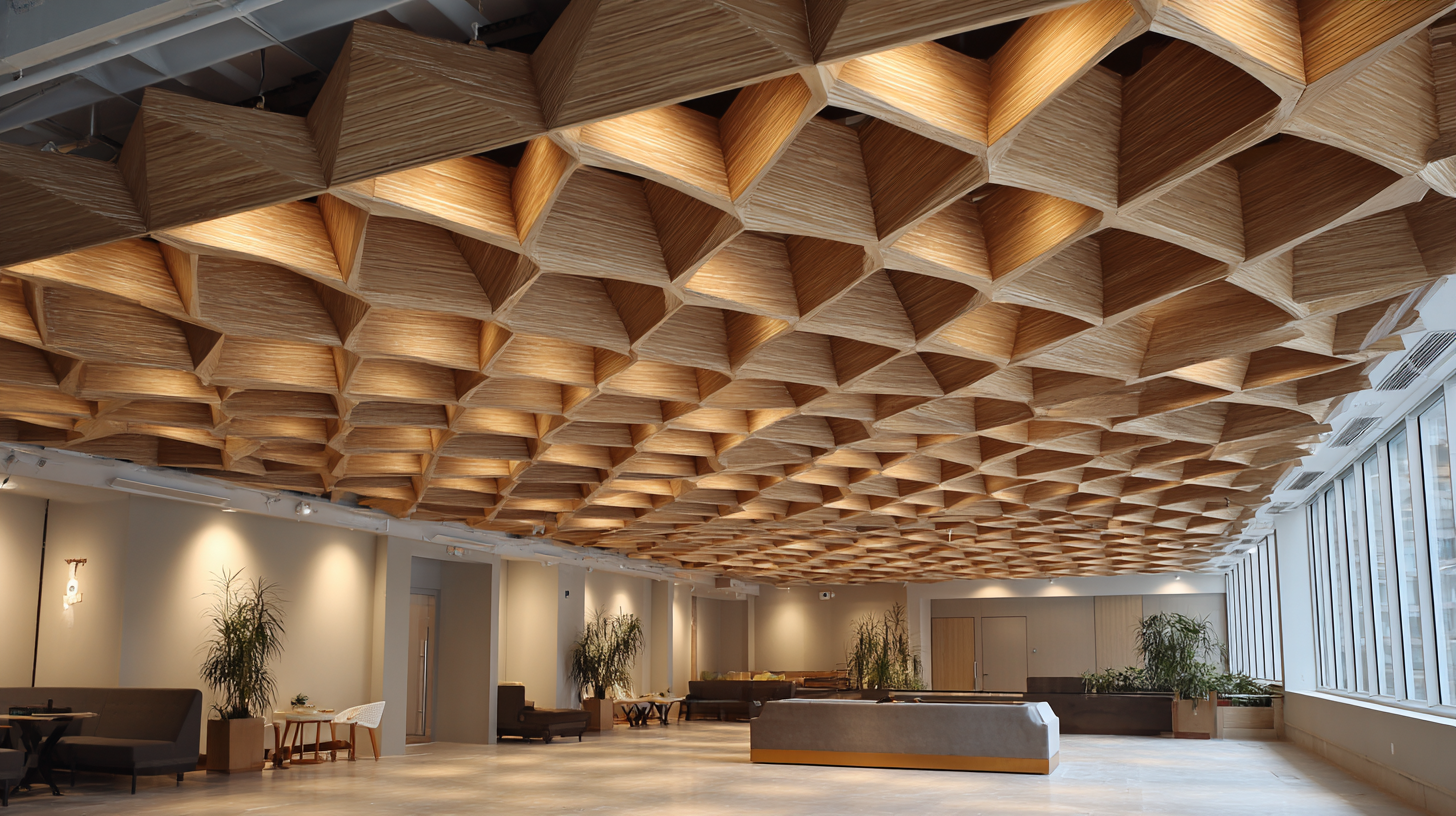
A recent industry report from MarketsandMarkets predicts that the acoustic materials market is projected to grow from USD 9.3 billion in 2020 to USD 12.5 billion by 2025, driven by the rising awareness of noise pollution and its adverse effects on health and wellbeing.
Acoustic Ceiling Wood not only reduces unwanted noise but also adds an aesthetic appeal to interior spaces, making it a preferred choice for architects and designers aiming to create harmonious environments. Understanding the science behind this innovative material is essential for maximizing its benefits in both residential and commercial applications.
Acoustic Ceiling Wood: Understanding the Science of Sound Absorption
Acoustic ceiling wood is ingeniously designed to enhance sound absorption, a critical aspect in spaces such as concert halls and conference rooms where acoustics play a vital role. The science of sound absorption revolves around the principles of porous materials, which trap sound waves and convert them into small amounts of heat energy. The wood’s surface texture and its inherent cellular structure contribute significantly to this process, allowing it to absorb a wide frequency range of sound, from deep bass to higher treble notes.
Additionally, the thickness and density of the wood panels influence their acoustic performance. Thicker panels typically offer better sound absorption at lower frequencies, while lighter, more porous materials may be more effective at mid to high frequencies. This balance is essential for creating a harmonious acoustic environment. By understanding these scientific principles, architects and designers can select the appropriate wood materials to optimize sound quality and create spaces that are not only aesthetically pleasing but also acoustically efficient.
What is the Science Behind Acoustic Ceiling Wood - Acoustic Ceiling Wood: Understanding the Science of Sound Absorption
| Material Type | Thickness (inches) | NRC (Noise Reduction Coefficient) | Applications | Estimated Lifespan (years) |
|---|---|---|---|---|
| Plywood | 0.75 | 0.40 | Offices, Schools | 10-15 |
| Acoustic Panels | 2.00 | 0.85 | Recording Studios, Cinemas | 15-20 |
| Wood Fiber Board | 1.00 | 0.70 | Theaters, Auditoriums | 10-25 |
| Bamboo Paneling | 0.50 | 0.55 | Restaurants, Homes | 15-30 |
| Mineral Fiber Ceiling Tiles | 0.60 | 0.75 | Commercial Buildings, Classrooms | 10-20 |
Key Materials Used in Acoustic Ceiling Wood and Their Properties
Acoustic ceiling wood products are gaining traction in sustainable construction due to their unique properties and environmental benefits. Key materials used in these ceilings often include engineered woods, such as plywood and medium-density fiberboard (MDF), which exhibit excellent mechanical properties, making them suitable for a variety of applications. These materials are not only strong and durable but also contribute to energy efficiency when integrated into architectural designs. The incorporation of wood fiber composites, particularly those enhanced through chemical modifications, further optimizes their acoustic performance, making them effective sound abatement solutions.
Recent innovations in acoustic ceiling installations have highlighted the use of lightweight materials, such as rice husk particleboards and mycelium-bound composites, which improve thermal and acoustic properties. These eco-friendly alternatives provide significant sound absorption capabilities while promoting sustainable building practices. Additionally, microperforated panels made from wood fiber and polylactic acid (PLA) are emerging as effective options for enhancing indoor acoustics. The combination of these materials reflects a growing demand for multifunctional building products that support both aesthetic and performance objectives in modern construction.
The Role of Density and Thickness in Acoustic Performance
Acoustic ceiling wood plays a significant role in sound absorption and acoustic performance, with density and thickness being key factors that influence its effectiveness. According to a report by the Acoustical Society of America, materials with higher density generally exhibit better sound absorption capabilities due to their ability to dissipate sound energy. For instance, wood species like oak and walnut, which boast higher densities, can reduce reverberation times significantly in both residential and commercial spaces.
Thickness also contributes to the acoustic performance of wood ceilings. Research from the National Institute of Standards and Technology indicates that increasing the thickness of acoustic panels can enhance low-frequency absorption, which is often a challenging range for traditional soundproofing materials. Panels with a thickness of at least 20 mm can improve sound absorption coefficients considerably, providing a more balanced acoustic environment.
By optimizing both density and thickness, architects and designers can create spaces that not only look aesthetically pleasing but also meet sound quality standards required for various applications, from concert halls to office settings.
Measuring Sound Absorption Coefficients: Standards and Testing Methods
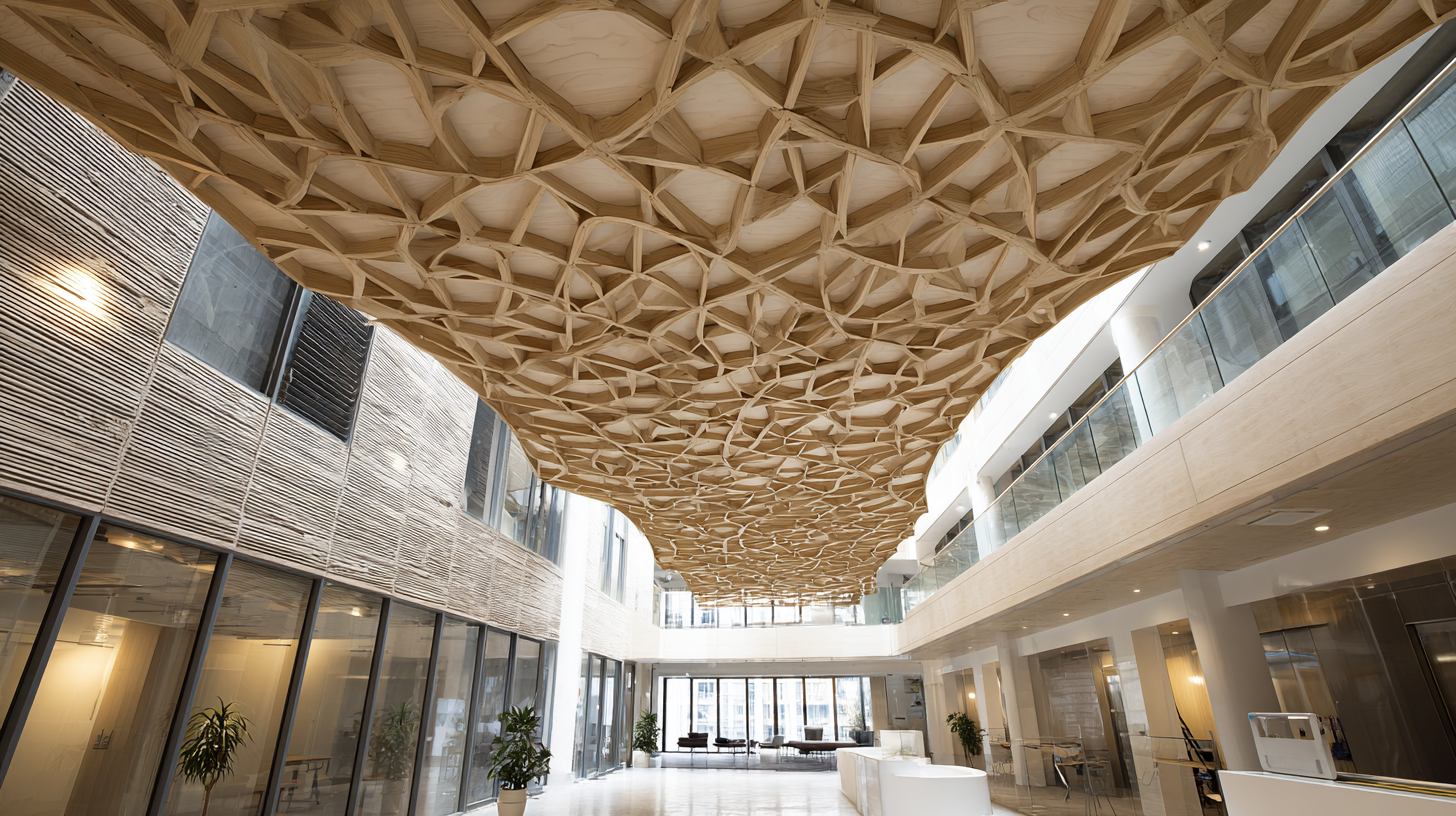 Acoustic ceiling wood has gained popularity in modern architecture due to its aesthetic appeal and remarkable sound absorption capabilities. To ensure efficiency, it is crucial to measure sound absorption coefficients under standardized conditions. The outlines specific testing methods, such as ASTM C423, which evaluates the acoustic performance of materials in a controlled environment. According to these standards, sound absorption coefficients range from 0 (reflective) to 1 (perfect absorption), providing insights into how well a material can mitigate noise.
Acoustic ceiling wood has gained popularity in modern architecture due to its aesthetic appeal and remarkable sound absorption capabilities. To ensure efficiency, it is crucial to measure sound absorption coefficients under standardized conditions. The outlines specific testing methods, such as ASTM C423, which evaluates the acoustic performance of materials in a controlled environment. According to these standards, sound absorption coefficients range from 0 (reflective) to 1 (perfect absorption), providing insights into how well a material can mitigate noise.
In industry reports, products like acoustic ceiling wood can achieve sound absorption coefficients of 0.7 to 0.9, indicating effective noise reduction in commercial spaces. For instance, a recent study published by the National Institute of Standards and Technology highlighted that utilizing wood ceilings can significantly lower reverberation time, a crucial factor in designing sound-friendly environments.
Tips: When selecting acoustic ceiling wood, look for products that have been tested under ASTM standards to ensure reliable performance. Additionally, consider the thickness and density of the wood, as these attributes can significantly influence sound absorption. Pay attention to any certifications related to noise control, as these can help guide your choices in achieving optimal acoustic environments.
Applications of Acoustic Ceiling Wood in Various Environments
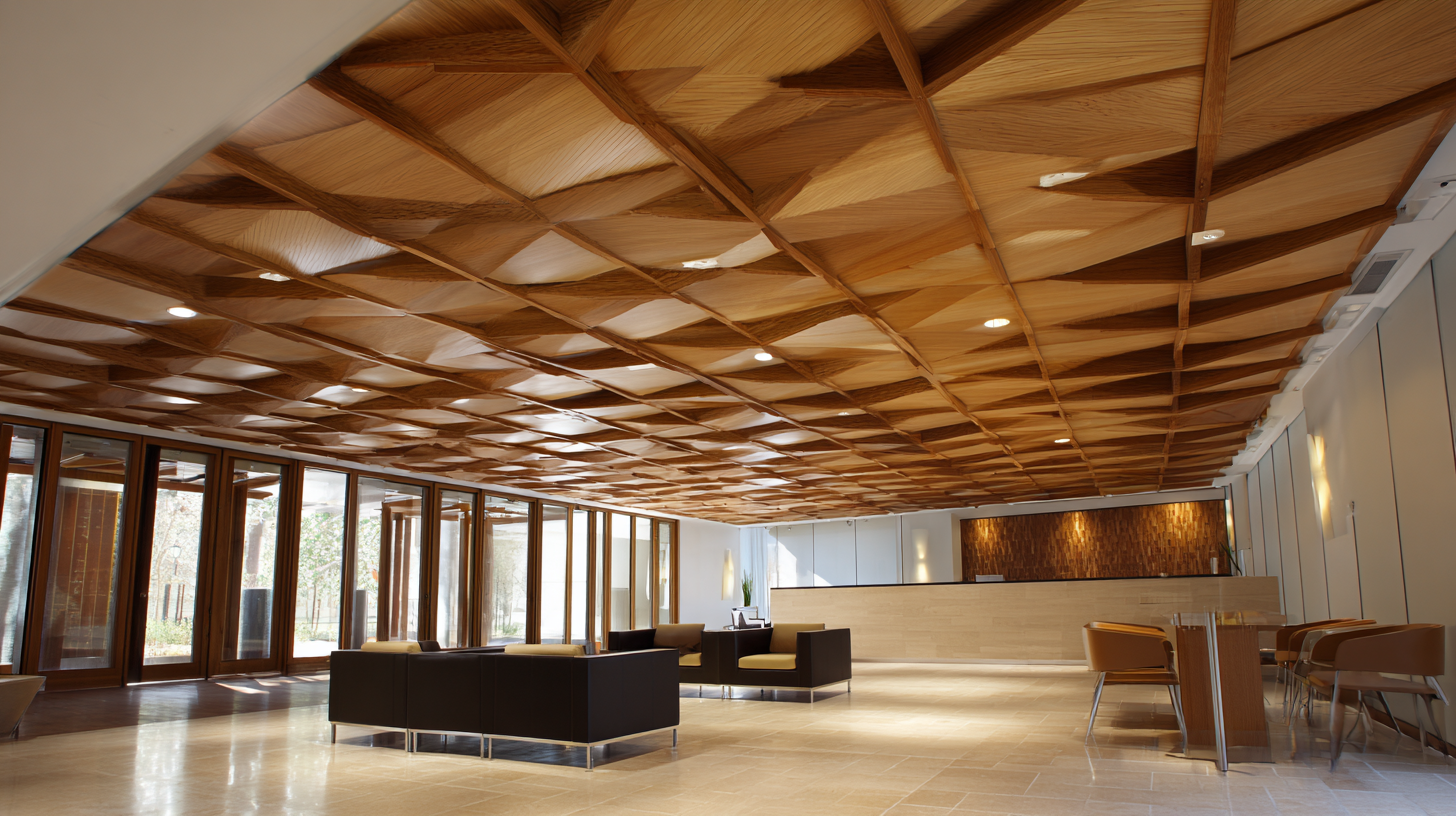 Acoustic ceiling wood is increasingly utilized in various environments due to its unique sound-absorbing properties and aesthetic appeal. In commercial spaces such as offices and conference rooms, the installation of acoustic wood ceilings helps to minimize noise pollution, allowing for clearer communication and enhanced focus among employees. The wooden panels are designed to absorb sound waves, reducing echo and creating a more pleasant auditory experience. This is particularly beneficial in bustling environments where multiple conversations occur simultaneously.
Acoustic ceiling wood is increasingly utilized in various environments due to its unique sound-absorbing properties and aesthetic appeal. In commercial spaces such as offices and conference rooms, the installation of acoustic wood ceilings helps to minimize noise pollution, allowing for clearer communication and enhanced focus among employees. The wooden panels are designed to absorb sound waves, reducing echo and creating a more pleasant auditory experience. This is particularly beneficial in bustling environments where multiple conversations occur simultaneously.
In educational institutions, acoustic ceiling wood plays a crucial role in creating conducive learning atmospheres. Classrooms with wooden acoustic ceilings help to control sound levels, ensuring that students can hear their teachers clearly without distraction from external noise. Moreover, in auditoriums and performance halls, these ceilings enhance sound quality by optimizing acoustics, making the audience's experience more immersive and enjoyable. The versatility of acoustic wood ceilings allows them to seamlessly blend with various interior designs, catering to both functionality and aesthetics across different settings.
Related Posts
-
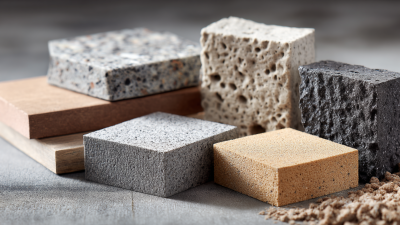
Global Leaders in Manufacturing: Discover the Best Acoustic Building Materials
-
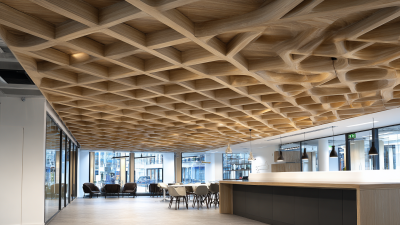
Innovations in 2025 Shaping the Future of Best Acoustic Ceiling Wood Solutions
-
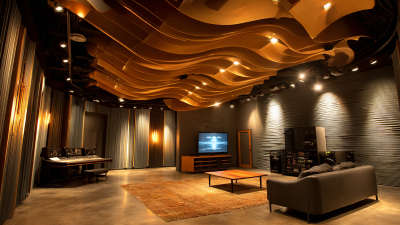
Ultimate Guide to Choosing Curved Acoustic Panels for Your Space
-

The Future of Sustainable Acoustic Ceiling Wood Innovations
-

What is an Acoustic Wood Slat Wall and How Can It Transform Your Space?
-

What are the Benefits of Using Slat Wall Acoustic Panels for Sound Absorption
-

Phone
-

E-mail
-

wechat
wechat

-

whatsapp
whatsapp


